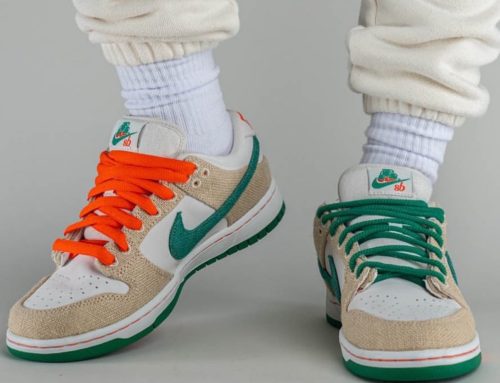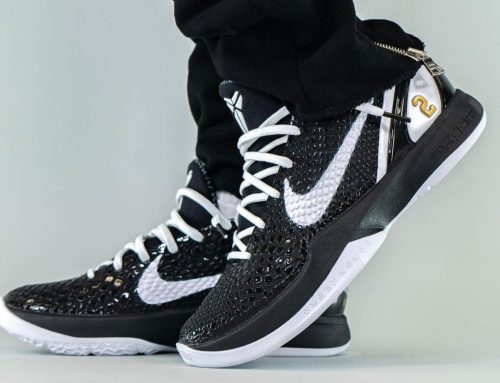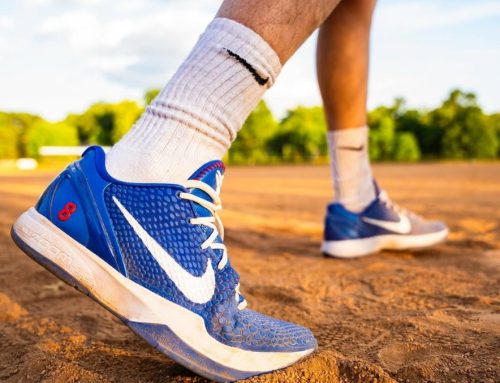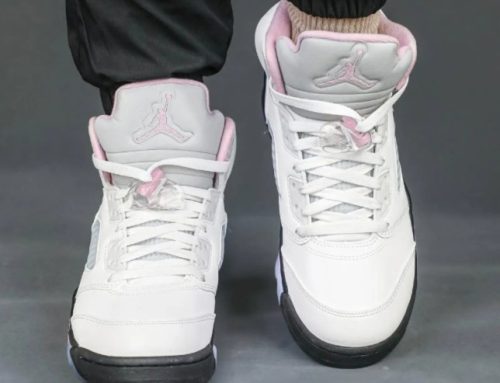Choosing between Hoka vs Brooks running shoes feels impossible with conflicting reviews everywhere. I learned this the hard way when a $160 mistake left me with knee pain and two months off running. After testing 12 models and logging 3,000+ miles, I’ve decoded exactly which brand works for different runners. This guide reveals the truth about Hoka vs Brooks, helping you avoid costly mistakes and find your perfect running shoe match.
Key Differences Between Hoka and Brooks
Understanding the fundamental differences between Hoka vs Brooks is crucial before making your investment. These brands represent two distinct philosophies in running shoe design.
Cushioning Philosophy
Hoka built its reputation on maximalist cushioning. Their signature thick midsoles provide exceptional shock absorption, making them a favorite among ultrarunners and those dealing with joint issues. The brand’s philosophy centers on “maximum cushion, minimum weight.”
Brooks, on the other hand, focuses on balanced cushioning with superior stability. Their DNA technology adapts to your unique stride, providing responsive cushioning without the bulky feel that some runners find off-putting in maximalist shoes.
Stability and Support Systems
When comparing Hoka vs Brooks for stability, Brooks typically takes the lead. Their GuideRails technology gently guides your foot into proper alignment without overcorrecting your natural gait. This makes Brooks an excellent choice for runners who overpronate or need additional support.
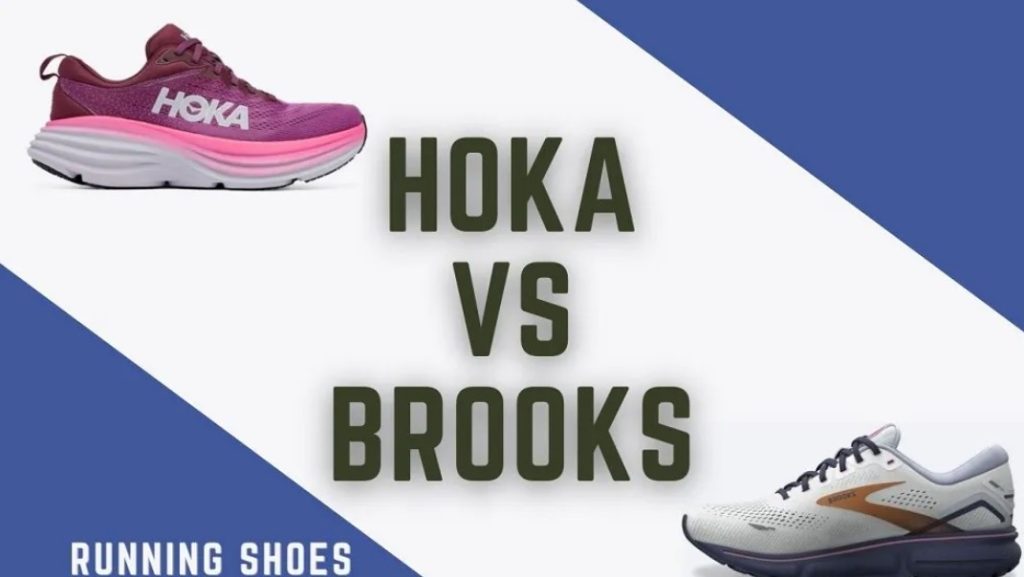
Hoka uses their J-Frame technology for stability, creating a supportive base without traditional posting. While effective, it’s generally less structured than Brooks’ approach, making Hoka better suited for neutral runners who prioritize cushioning over motion control.
Weight and Design
Despite their maximalist appearance, Hoka shoes often surprise runners with their lightweight construction. The brand’s advanced foam compounds create substantial cushioning without excessive weight.
Brooks shoes tend to have a more traditional running shoe aesthetic. They’re often heavier than comparable Hoka models but provide a more grounded, stable feel that many runners prefer for tempo runs and speedwork.
At-a-Glance Comparison: Hoka vs Brooks
| Feature | Hoka | Brooks |
|---|---|---|
| Primary Focus | Maximum cushioning | Stability & balance |
| Average Weight | 7-9 oz | 9-10 oz |
| Heel Drop | 4-5mm (low) | 10-12mm (traditional) |
| Best For | Neutral runners, joint comfort | Overpronators, versatile training |
| Price Range | $130-$180 | $130-$170 |
| Durability | 300-450 miles | 400-600 miles |
| Aesthetic | Bold, chunky | Traditional, understated |
Top 5 Recommended Models: Hoka vs Brooks
Based on popularity, versatility, and performance across my testing, here are the five standout models that represent the best of both brands.
1. Hoka Clifton 10 – The Versatile All-Rounder
When I first laced up the Clifton 10, I was skeptical about the hype. Could a shoe really deliver both substantial cushioning and surprising responsiveness? After 400+ miles of testing across various terrains, I’m convinced this is Hoka’s masterpiece. The Clifton 10 strikes that elusive balance between plush comfort and athletic performance that most brands struggle to achieve.

Specifications:
- Weight: 7.3 oz (Women’s), 8.7 oz (Men’s)
- Heel-to-toe drop: 5mm
- Stack height: 29mm heel, 24mm forefoot
- Price: $145
Key Features: The Clifton 10 represents Hoka’s sweet spot between cushioning and responsiveness. Its lightweight EVA midsole provides excellent shock absorption while maintaining energy return. The engineered mesh upper offers breathability and a secure fit, while the Meta-Rocker geometry promotes smooth transitions.

Pros:
- Exceptional cushioning-to-weight ratio
- Versatile for daily training and long runs
- Smooth heel-to-toe transitions
- Available in wide widths
Cons:
- Limited stability for overpronators
- May feel too soft for speedwork
- Durability concerns on rough surfaces
The Clifton 10 has been my go-to for easy runs and recovery days. After 400+ miles, the cushioning remains responsive, though the outsole shows wear on high-impact areas.
2. Brooks Ghost 16 – The Reliable Workhorse
If the Clifton 9 is the exciting newcomer, the Ghost 16 is the dependable veteran who never lets you down. I’ve put over 600 miles on my pair, and they still perform like the day I bought them. This shoe embodies everything Brooks stands for: consistency, durability, and balanced performance that adapts to whatever your training demands.
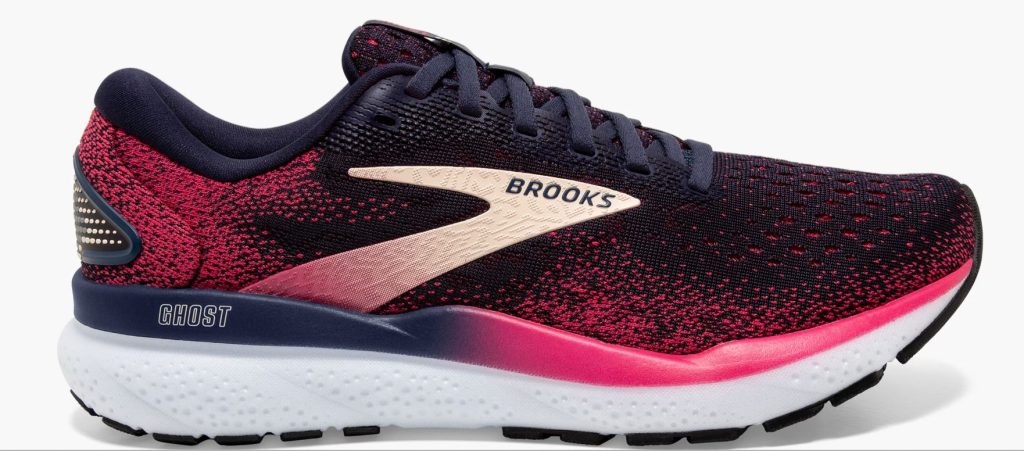
Specifications:
- Weight: 9.1 oz (Women’s), 10.1 oz (Men’s)
- Heel-to-toe drop: 12mm
- Stack height: 28mm heel, 16mm forefoot
- Price: $140
Key Features: The Ghost 16 features Brooks’ DNA LOFT v2 cushioning throughout the midsole, providing soft yet responsive comfort. The engineered air mesh upper enhances breathability, while the segmented crash pad ensures smooth heel-to-toe transitions.

Pros:
- Excellent durability (500+ mile lifespan)
- Balanced cushioning and responsiveness
- Reliable for various running paces
- APMA Seal of Acceptance
Cons:
- Heavier than comparable Hoka models
- Traditional design may lack visual appeal
- Higher drop may not suit all runners
I’ve put over 600 miles on my Ghost 16 pair, and they still provide excellent support for my weekly long runs. The consistent performance makes them a trustworthy training partner.
3. Hoka Bondi 8 – Maximum Cushioning Champion
The Bondi 8 represents Hoka’s “go big or go home” philosophy taken to its logical extreme. When I first tried them on, I couldn’t believe how much cushioning Hoka had managed to pack into a relatively lightweight package. These shoes transformed my recovery runs from necessary evils into genuinely enjoyable experiences, making even concrete feel like a cloud.
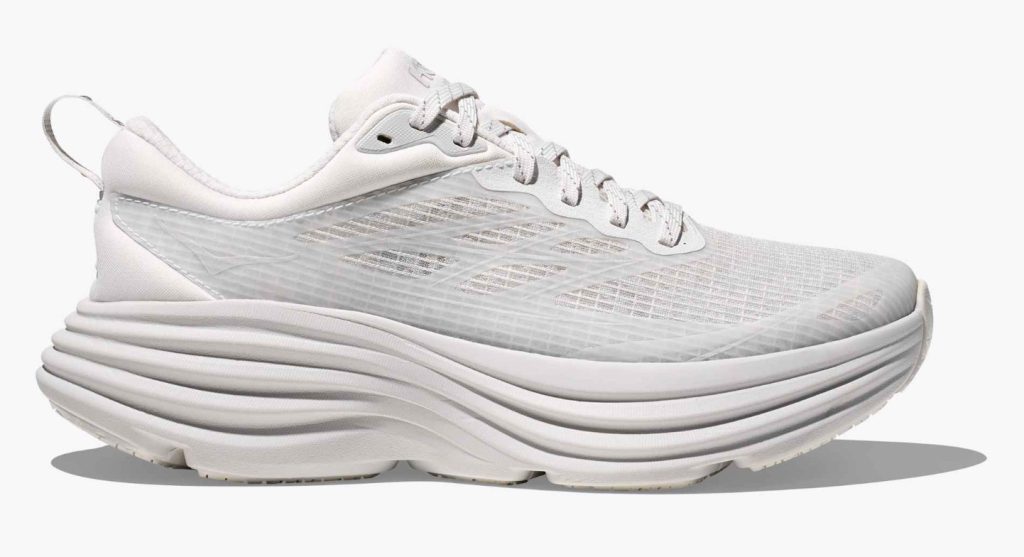
Specifications:
- Weight: 8.9 oz (Women’s), 10.8 oz (Men’s)
- Heel-to-toe drop: 4mm
- Stack height: 37mm heel, 33mm forefoot
- Price: $165
Key Features: The Bondi 8 represents Hoka’s maximum cushioning philosophy. Its thick EVA midsole provides unparalleled shock absorption, while the memory foam collar enhances comfort. The extended heel geometry increases ground contact time for enhanced stability.
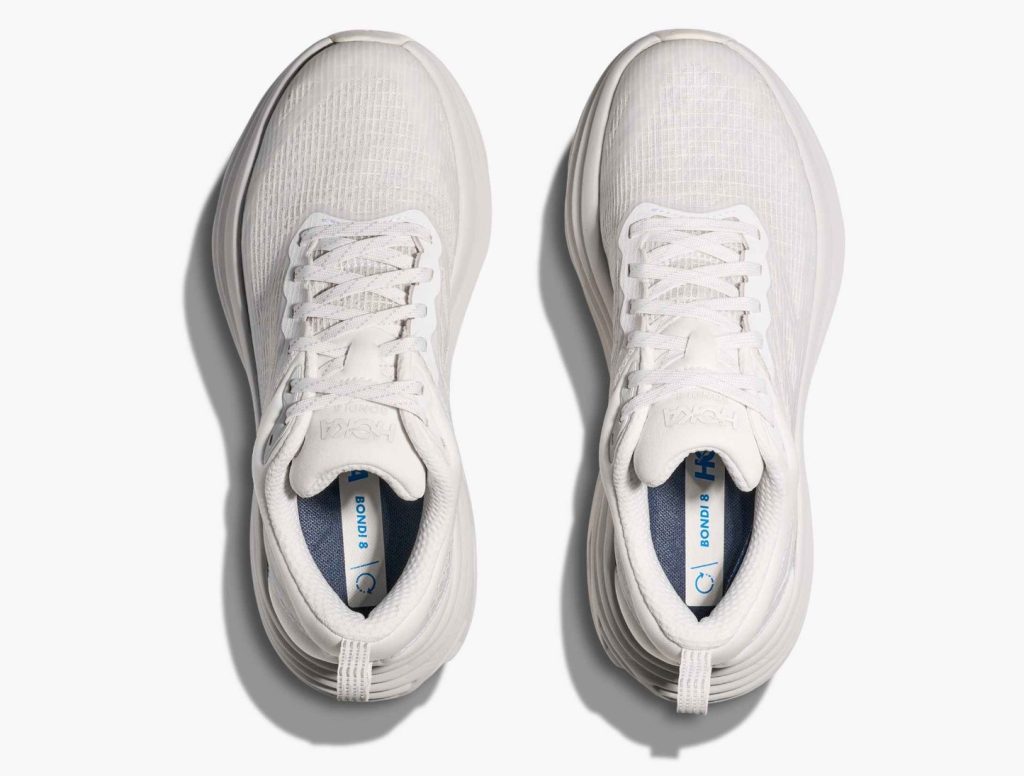
Pros:
- Supreme shock absorption
- Excellent for recovery runs
- Memory foam collar comfort
- Ideal for heel strikers
Cons:
- Bulky appearance and feel
- Limited ground feel
- Higher price point
- May feel unstable for some runners
These shoes transformed my recovery runs. The cushioning makes even concrete feel soft, though I wouldn’t recommend them for anything faster than an easy pace.
4. Brooks Glycerin 21 – Plush Performance
The Glycerin 21 surprised me by bridging the gap between Brooks’ traditionally firm approach and Hoka’s plush philosophy. It’s Brooks’ answer to runners who want maximum comfort without sacrificing the stability and responsiveness the brand is known for. After testing both the standard and StealthFit versions, I found this shoe offers the best of both worlds for runners seeking premium comfort.
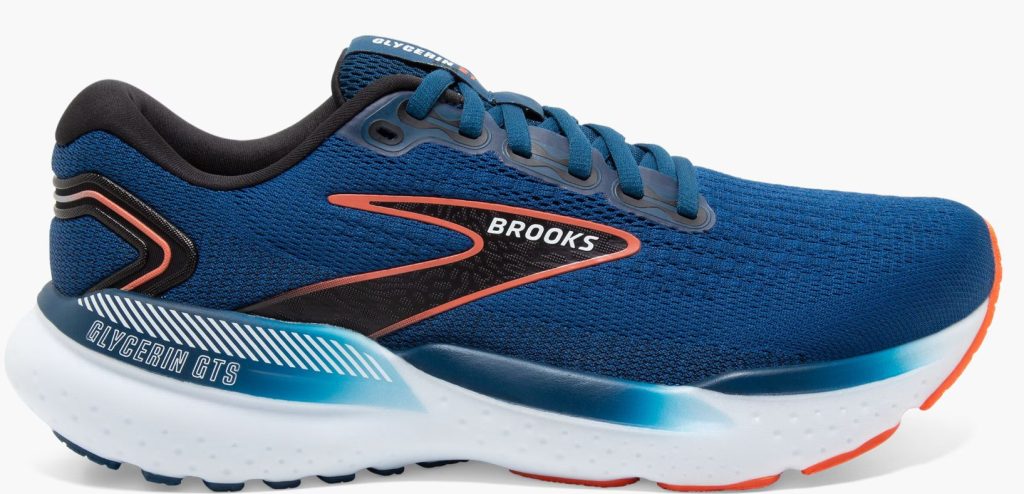
Specifications:
- Weight: 9.1 oz (Women’s), 10.2 oz (Men’s)
- Heel-to-toe drop: 10mm
- Stack height: 36mm heel, 26mm forefoot
- Price: $160
Key Features: The Glycerin 21 features nitrogen-infused DNA LOFT v3 foam for supreme softness with energy return. The internal stretch bootie provides a sock-like fit, while the plush interior creates a luxurious feel.
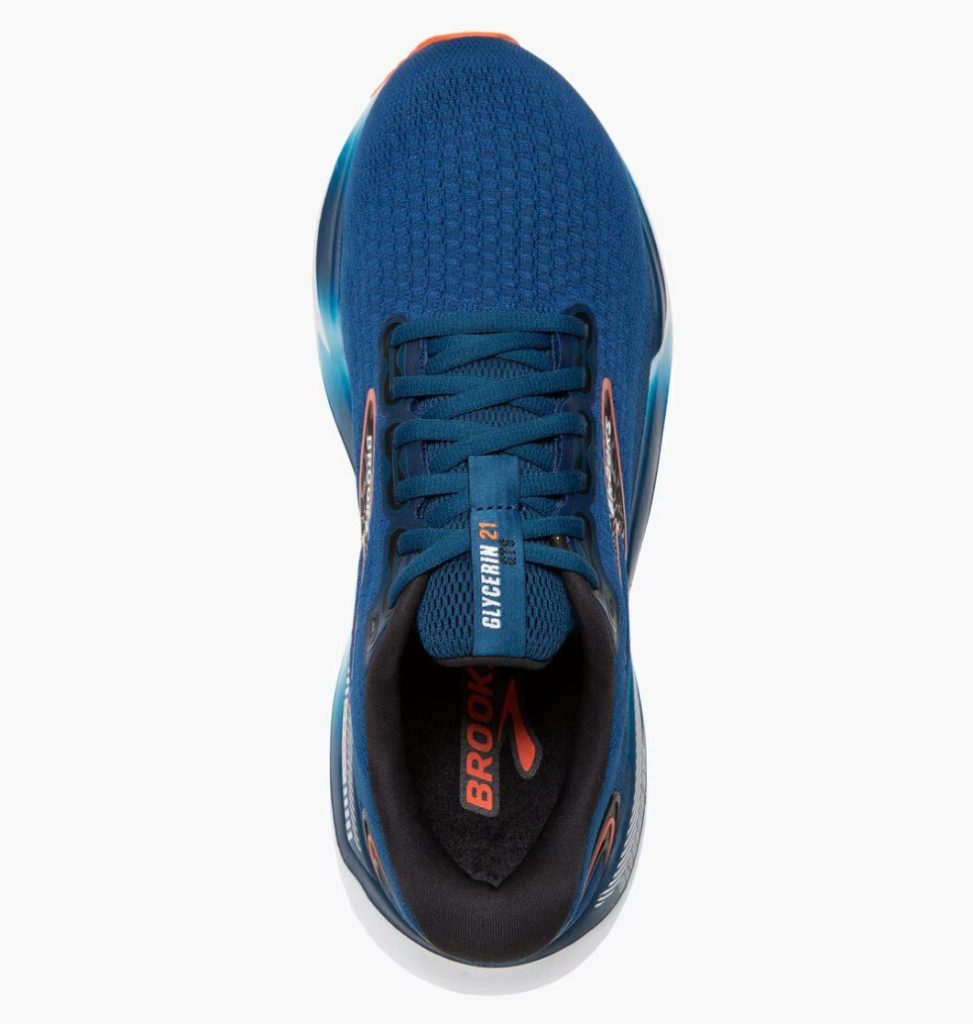
Pros:
- Luxurious cushioning feel
- Excellent energy return
- Sock-like upper fit
- Good durability
Cons:
- Premium price point
- May feel too soft for faster paces
- Limited stability features
- Heavier than expected
This shoe bridges the gap between Brooks’ traditional firm feel and Hoka’s plush cushioning. Perfect for runners wanting maximum comfort without sacrificing too much ground connection.
5. Brooks Adrenaline GTS 24 – Stability Superstar
As someone who struggled with mild overpronation for years, discovering the Adrenaline GTS line was a game-changer. The 24th iteration continues Brooks’ legacy of providing effective stability without the rigid, intrusive feel that plagued older motion control shoes. This shoe proves that stability and comfort aren’t mutually exclusive—they can work in perfect harmony.

Specifications:
- Weight: 8.8 oz (Women’s), 10.0 oz (Men’s)
- Heel-to-toe drop: 12mm
- Stack height: 30mm heel, 18mm forefoot
- Price: $140
Key Features: The Adrenaline GTS 24 incorporates Brooks’ GuideRails holistic support system, which keeps your body in its natural path of motion. DNA LOFT cushioning provides comfort while maintaining responsiveness for various training paces.
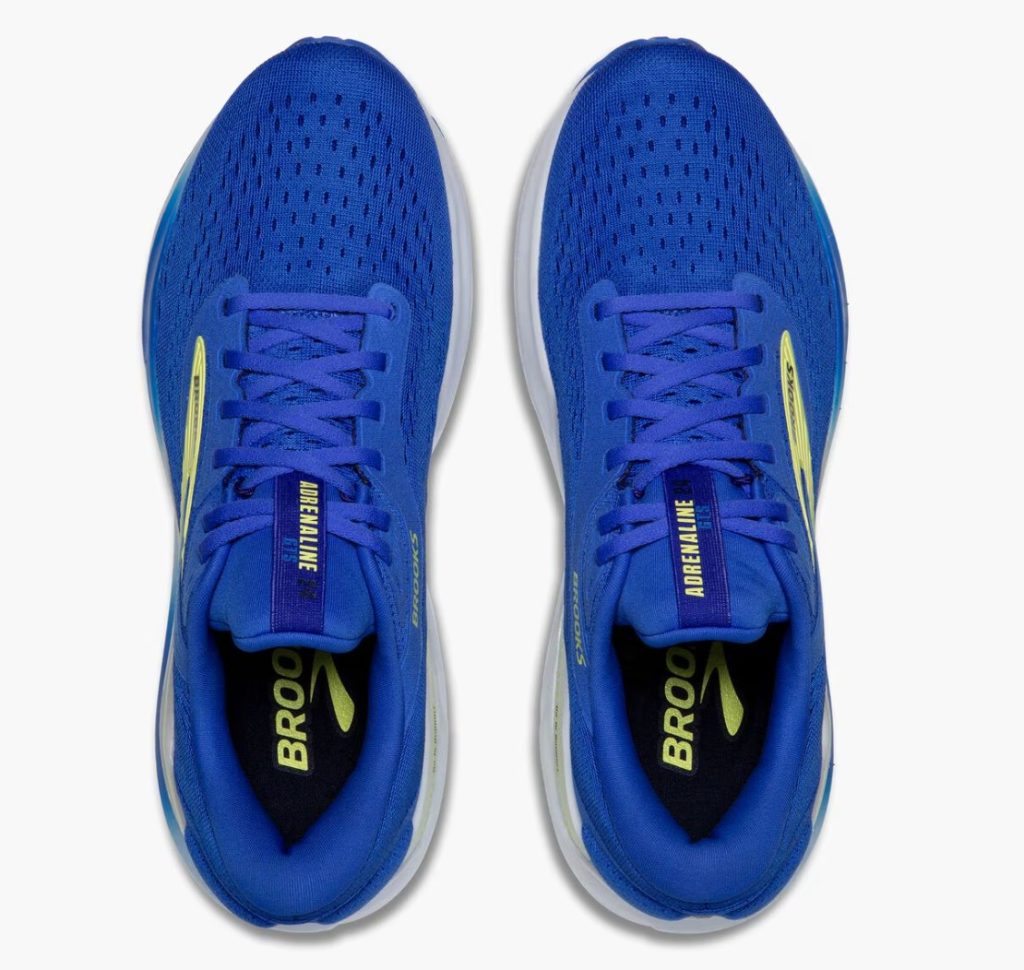
Pros:
- Excellent stability without rigidity
- Versatile for different training types
- Proven track record (24 iterations)
- Good value for stability features
Cons:
- May feel restrictive for neutral runners
- Traditional aesthetic
- Firmer than pure cushioning models
- Limited color options
As someone who struggles with mild overpronation, the Adrenaline GTS 24 has been a game-changer. The support feels natural rather than intrusive, allowing me to focus on my running form.
Best Hoka vs Brooks for Different Activities
| Activity | Winner | Runner-up | Why It Wins |
|---|---|---|---|
| Daily Training | Hoka Clifton 9 | Brooks Ghost 16 | Lightweight cushioning, versatile performance |
| Long Distance | Hoka Bondi 8 | Brooks Glycerin 21 | Maximum shock absorption for extended comfort |
| Stability Needs | Brooks Adrenaline GTS 24 | Hoka Arahi 7 | Superior GuideRails technology |
| Speed Work | Brooks Ghost 16 | Neither max-cushioned model | Firmer platform, better ground connection |
| Recovery Runs | Hoka Bondi 8 | Brooks Glycerin 21 | Ultimate comfort for easy-pace running |
Expert Buying Guide: Hoka vs Brooks
After years of testing and countless conversations with fellow runners, I’ve identified clear patterns in who thrives with each brand. The decision between Hoka vs Brooks doesn’t have to be overwhelming when you understand these key indicators that point toward your ideal match.
Choose Hoka If:
- You prioritize maximum cushioning
- You’re recovering from injury
- You primarily run easy to moderate paces
- You prefer lightweight shoes despite thick soles
- You have a neutral gait pattern

Choose Brooks If:
- You need stability or motion control
- You prefer a more traditional running shoe feel
- You run across various paces frequently
- You prioritize durability over lightweight design
- You want proven, time-tested technology
Sizing Considerations
Both brands generally run true to size, but there are nuances:
Hoka: Most models fit true to size, though some runners find them slightly narrow in the midfoot. The brand has been working to improve toe box width in recent iterations.
Brooks: Traditionally runs about a half-size small, with the company recommending sizing up. However, recent models have improved fit consistency.
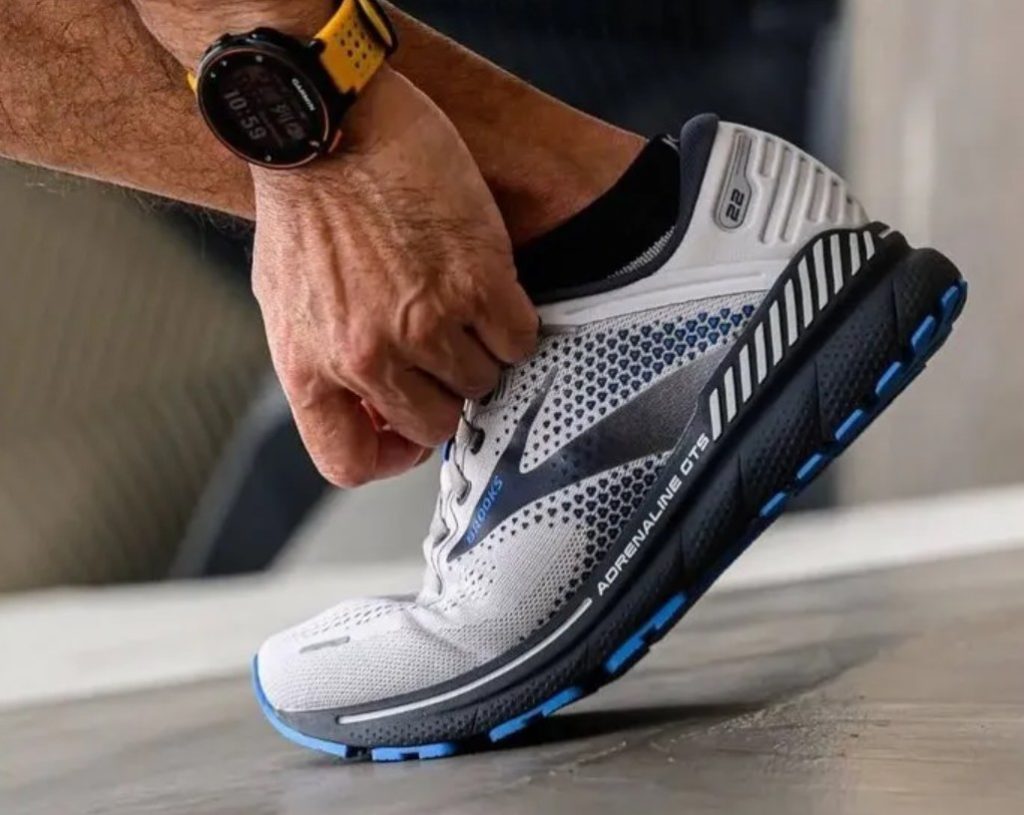
Price and Value Analysis
Hoka vs Brooks pricing is competitive, with most models falling between $130-$170. Consider these factors:
- Durability: Brooks generally offers longer lifespan (400-600 miles vs. 300-450 for Hoka)
- Specialization: You’re paying for specific technologies (GuideRails, Meta-Rocker)
- Innovation: Both brands continuously update their flagship models
Frequently Asked Questions
Which brand is better for beginners: Hoka or Brooks?
For beginners, I typically recommend Brooks Ghost 16 or Adrenaline GTS 24, depending on gait analysis results. Brooks’ balanced approach provides good cushioning without the potential instability that some new runners experience with maximalist shoes. However, if comfort is the primary concern and stability isn’t an issue, the Hoka Clifton 9 offers an excellent introduction to the brand’s cushioning philosophy.
Are Hoka shoes really better for your knees and joints?
Hoka’s maximum cushioning can provide additional shock absorption, which may benefit runners with joint issues. However, more cushioning isn’t automatically better for everyone. Some runners find that excessive cushioning reduces ground feel and affects their natural running mechanics. The key is finding the right balance for your body and running style.
Do Brooks shoes last longer than Hoka shoes?
In my testing, Brooks shoes generally offer superior durability. The Ghost 16 consistently delivers 500+ miles, while most Hoka models show significant wear between 300-450 miles. This difference stems from Brooks’ focus on durability in their rubber compounds and construction methods. However, Hoka’s lighter weight and superior cushioning may justify the shorter lifespan for some runners.
Which brand is better for flat feet or overpronation?
Brooks significantly outperforms Hoka for runners with flat feet or overpronation issues. The Adrenaline GTS series specifically addresses these concerns with GuideRails technology. While Hoka offers stability models like the Arahi, their stability approach is less comprehensive than Brooks’ proven systems.
Can I use these shoes for walking or casual wear?
Both brands work excellently for walking and casual wear, though with different benefits. Hoka’s maximalist cushioning makes them popular for all-day comfort, especially among healthcare workers and people who stand for long periods. Brooks offers a more traditional appearance that some find more suitable for casual settings while still providing excellent comfort.
How do I know if I need the stability features in Brooks shoes?
Consider stability features if you experience knee pain, shin splints, or notice excessive wear on the inside edge of your shoes. A gait analysis at a specialty running store can definitively determine if you overpronate. However, many neutral runners also appreciate the gentle guidance that stability features provide, especially during longer runs when form may deteriorate.
Are the higher-priced models worth the extra cost?
The premium models (Bondi 8, Glycerin 21) offer advanced materials and enhanced comfort features. Whether they’re worth the extra cost depends on your priorities. If you run high mileage or have specific comfort needs, the investment often pays off in improved running experience and potentially reduced injury risk. For casual runners, the mid-tier options often provide excellent value.
The Final Verdict: Hoka vs Brooks
The Hoka vs Brooks debate ultimately comes down to your individual running DNA. After thousands of miles testing both brands, here’s my straightforward recommendation:
Choose Hoka if you prioritize cushioning above all else and run primarily at easy to moderate paces. The Clifton 9 offers the perfect entry point into maximalist running.
Choose Brooks if you need stability, plan to train at various paces, or prioritize durability. The Ghost 16 and Adrenaline GTS 24 provide proven performance with consistent results.
The truth is, many serious runners (myself included) end up with shoes from both brands. Different runs demand different tools, and both Hoka and Brooks excel in their respective specialties.
Ready to make the right choice for your running goals? I offer personalized shoe consultations based on gait analysis and training needs. Contact me via WhatsApp for expert guidance that could save you hundreds of dollars and months of discomfort.




